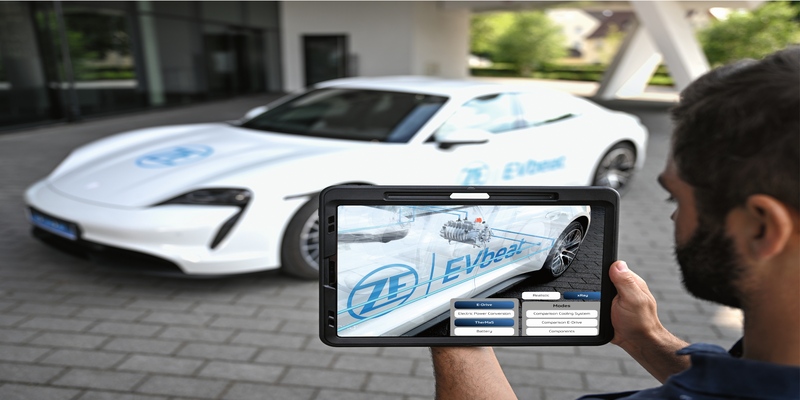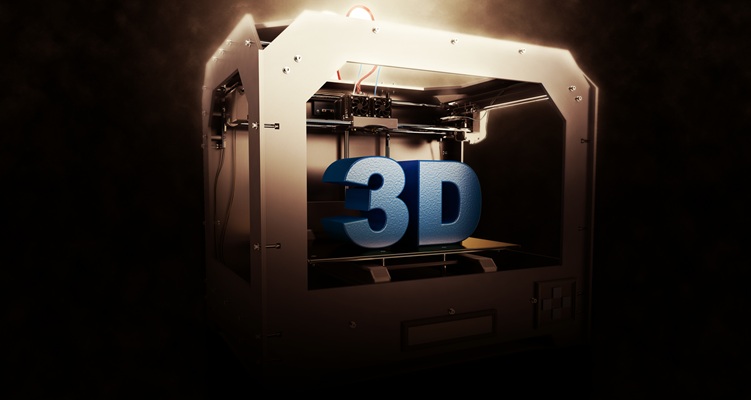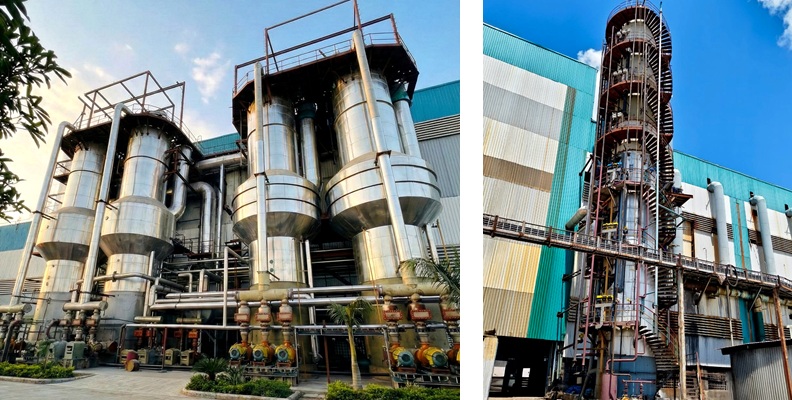Schedule a Call Back
ZF presents most compact e-drive for passenger cars
 Industry News
Industry News- Jul 04,23

Related Stories

How is AI shaping the future of cement milling?
AI is transforming cement milling by enabling dynamic, data-driven control that improves energy efficiency, stabilises throughput and enhances asset reliability. By leveraging real-time data, predic..
Read more
4 Low-VOC Industrial Paints That Deliver High Performance in Tough Environments
Volatile organic compounds (VOCs) - contaminating air and water - can affect health. In this article, Emily Newton explores four high-performance, low-VOC industrial paint options that reduce harmfu..
Read more
Rare crystal shapes yield stronger 3D-printed metal parts
Quasicrystals, which were previously considered a myth, are now replicable for large-scale industrial applications. Stakeholders must support investments in 3D printing technologies and continued re..
Read moreRelated Products

Automotive Oil Pump
Kalpak Auto Pvt Ltd offers a wide range of
automotive oil pump.
Tata Motors unveils facilities for development of Hydrogen propulsion tech
Tata Motors, India?s largest automobile company, unveiled two state-of-the-art & new-age R&D facilities for meeting its mission of offering sustainable mobility solutions. The unveilings constitute of Read more
Tata Motors plans petrol powertrain for Harrier and Safari SUVs
Tata Motors is in the process of developing a new petrol powertrain for its premium sports utility vehicles, the Harrier and Safari, as confirmed by a senior company official. Currently, these models Read more














